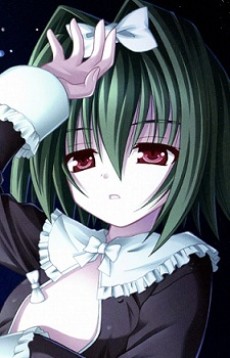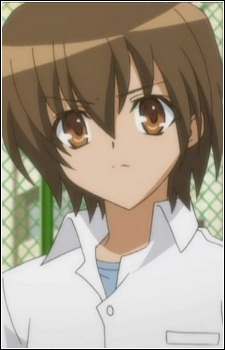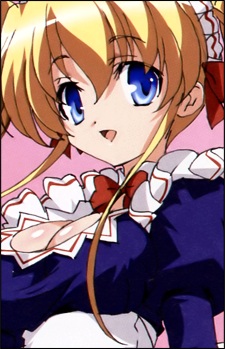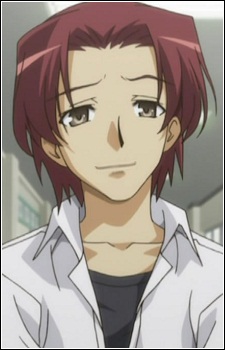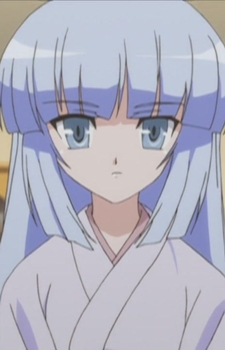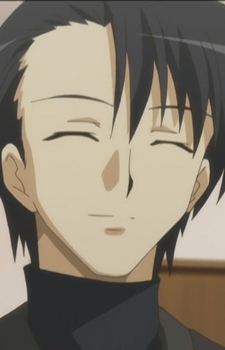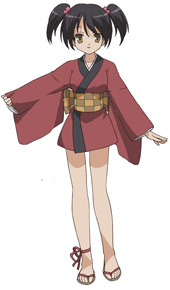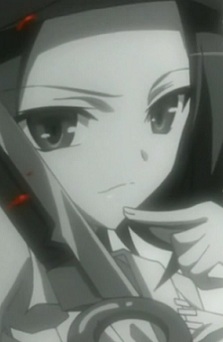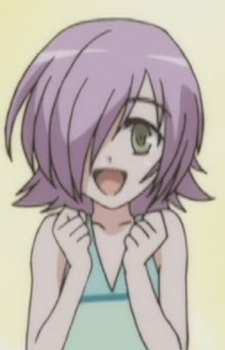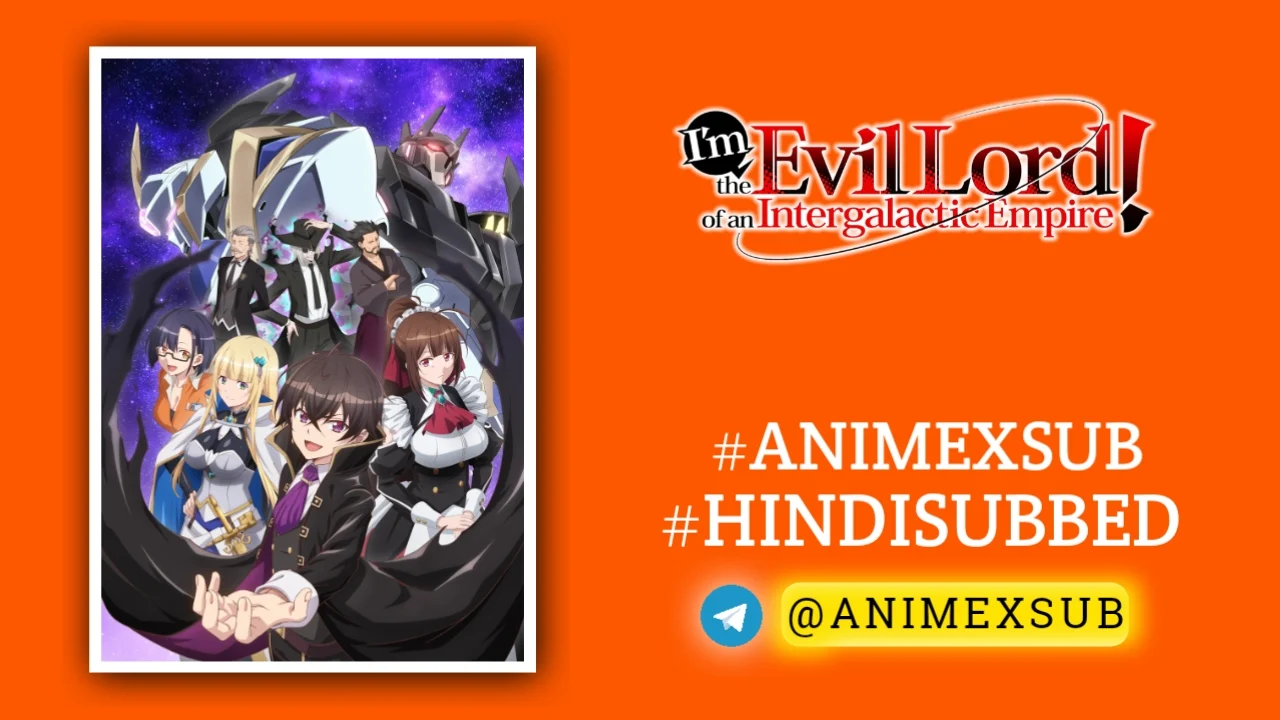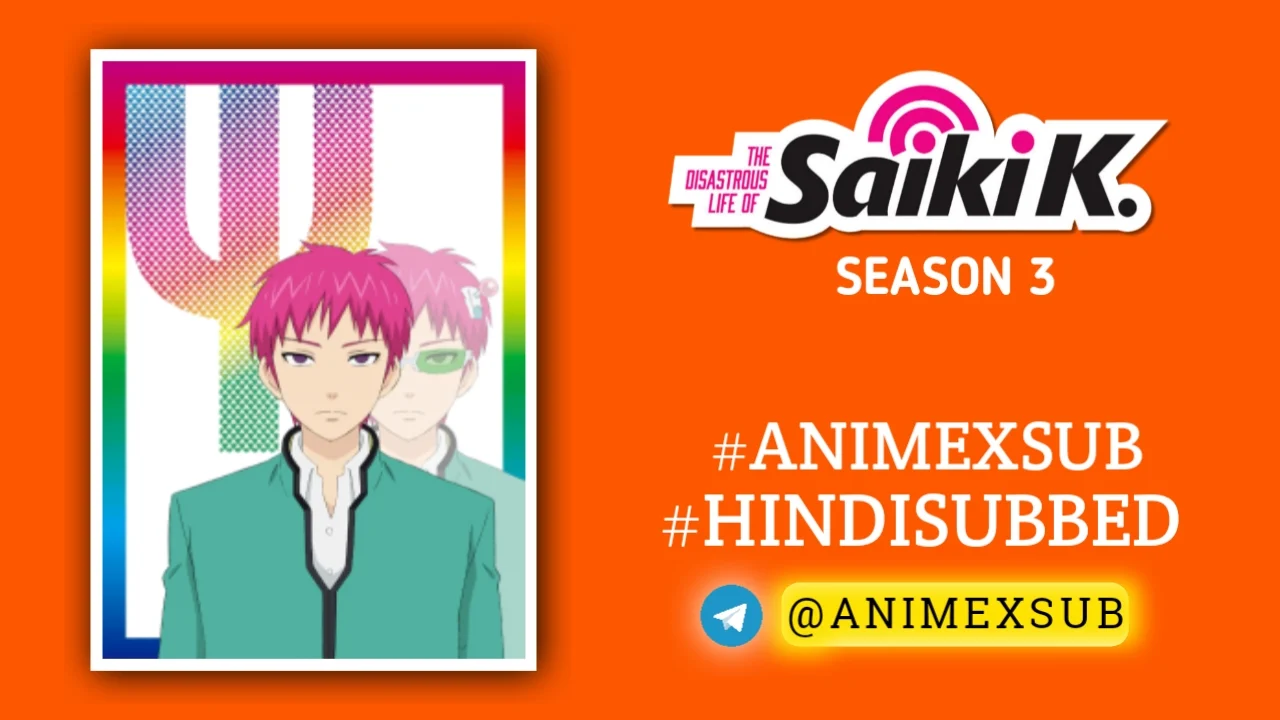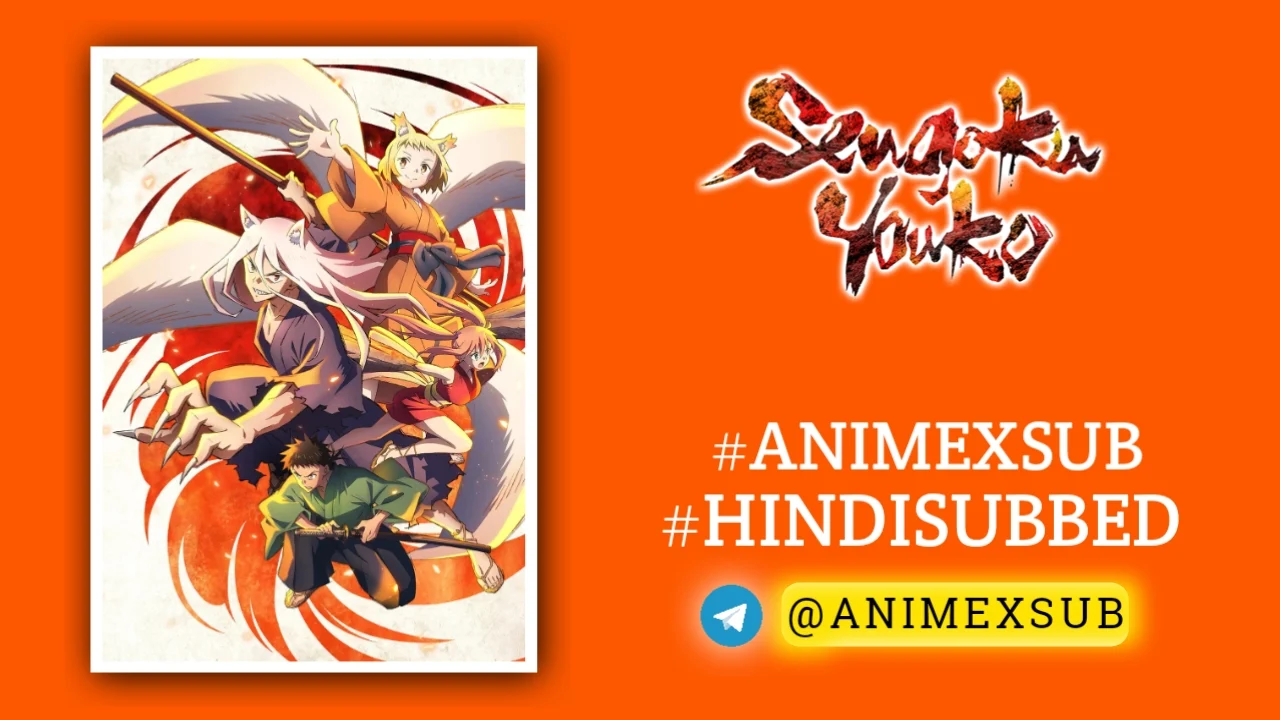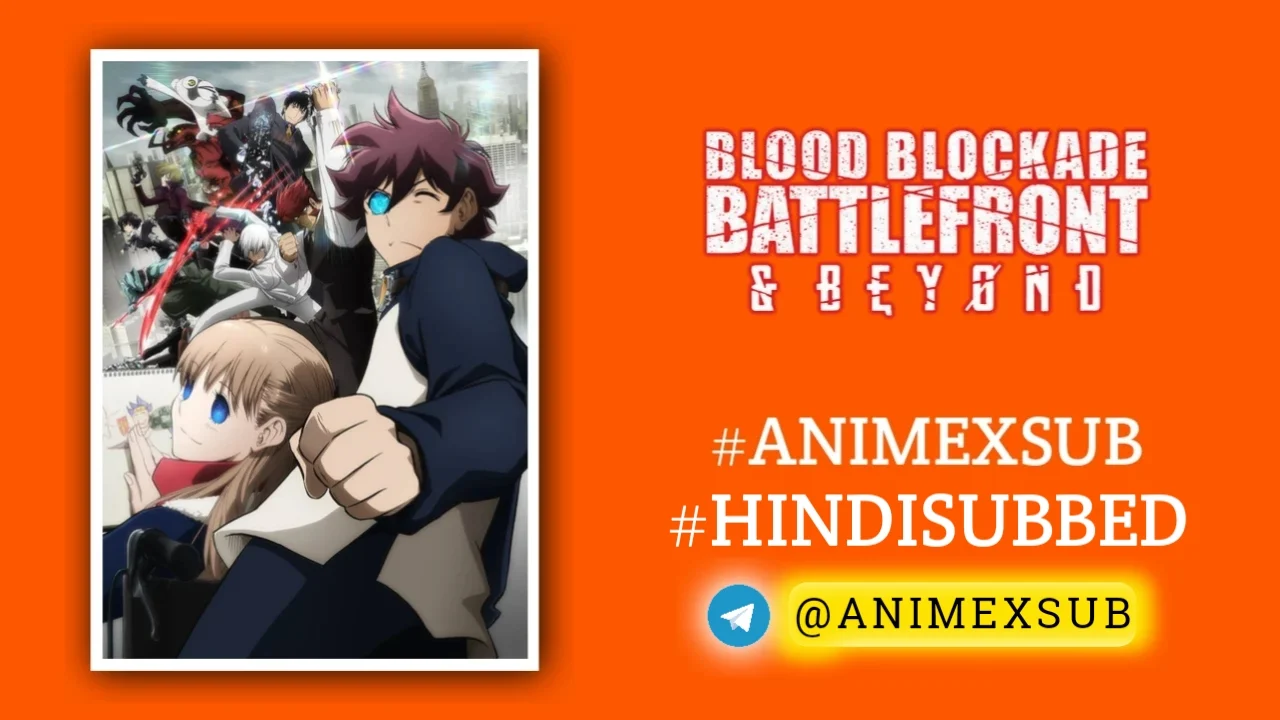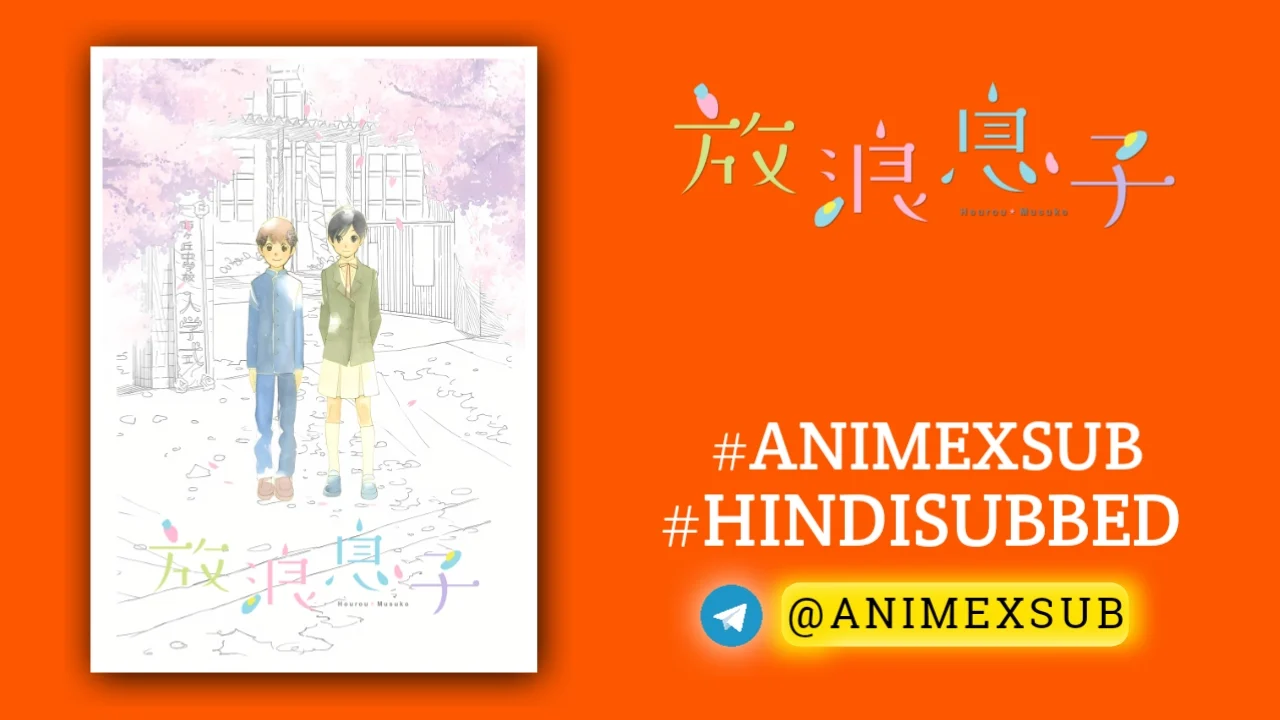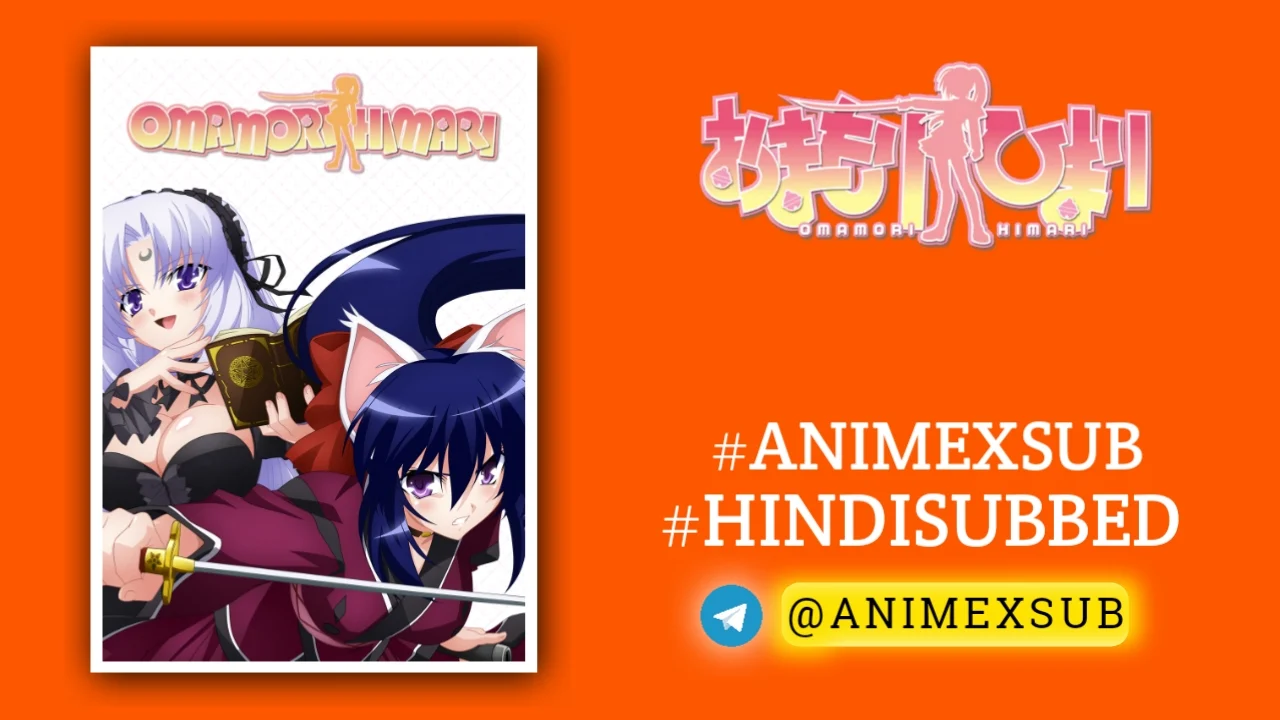
Omamori Himari Hindi Subbed [12/12] {Complete}

Omamori Himari
Omamori HimariSynopsis
Yuuto Amakawa’s life becomes pawsitively arousing when beautiful demons start showing up! But with beauty comes danger. With cat demon Himari Noihara sticking by his side, he’ll have to face the deadly Ayakashi—demons seeking revenge on demon slayers. Between this, the cat girl, water deities, and demons galore, he’ll have to do all he can to stay abreast of everything happening around him! (Source: Crunchyroll)
Watch Trailer
Characters
Omamori Himari Season 1: A Purr-fectly Chaotic Blend of Ecchi, Action, and Harem Tropes
Omamori Himari, a 12-episode anime that aired in 2010, adapted from Milan Matra’s manga of the same name, is a wild ride through the crowded landscape of harem and ecchi anime. This series, produced by Zexcs and directed by Shinji Ushiro, throws viewers into a world of demon-slaying, supernatural romance, and cat-themed fanservice with reckless abandon. While it leans heavily into familiar tropes, it also carves out a niche with its blend of self-aware humor, Japanese folklore, and a protagonist who’s allergic to his own guardian. Is it a hidden gem or a forgettable fling in the anime world? Let’s dive into this unique, chaotic, and surprisingly insightful series to find out.
The Premise: A Cat Girl, a Demon Slayer Legacy, and a Whole Lot of Allergies
At its core, Omamori Himari follows Yuuto Amakawa, a seemingly ordinary high schooler who’s been living a quiet life since his parents’ death seven years ago. His childhood friend, Rinko Kuzaki, has been his rock, cooking and caring for him. But on his 16th birthday, everything changes. The protective omamori (amulet) given to him by his grandparents loses its power, exposing Yuuto to the supernatural world of ayakashi—demons and spirits who want him dead. Why? Because he’s the last descendant of a demon-slaying clan, and his heritage makes him a target.
Enter Himari Noihara, a sword-wielding cat spirit (voiced by the phenomenal Ami Koshimizu) who’s sworn to protect Yuuto. There’s just one problem: Yuuto is deathly allergic to cats. This ironic twist sets the stage for a story that’s equal parts action, comedy, and fanservice, as Yuuto navigates a growing harem of supernatural girls vying for his affection while demons try to take his life.
What Makes It Unique: A Self-Aware Spin on a Tired Formula
Omamori Himari doesn’t pretend to reinvent the harem genre, but it stands out by leaning into its absurdity with a wink and a nod. The show knows it’s treading familiar ground—ordinary guy, supernatural girls, endless fanservice—and it embraces this with a playful, almost satirical tone. Within the first 15 minutes, you’ll lose count of the panty shots, but they’re delivered with such goofy charm that they feel more silly than sleazy.
The cat allergy gimmick is a stroke of genius, adding a layer of humor and tension to Yuuto’s relationship with Himari. Every time she gets too close, he’s sneezing and wheezing, which undercuts the typical harem protagonist’s effortless charm. This dynamic keeps their romance from feeling too formulaic, as Himari’s flirtations are often met with Yuuto’s physical discomfort rather than the usual blushing stoicism.
The series also weaves in Japanese folklore, particularly through its use of ayakashi and the concept of omamori (protective charms). This cultural grounding gives the show a distinct flavor, setting it apart from other harem anime that rely solely on generic fantasy elements. The demon-slaying legacy and the interplay between human and supernatural worlds add just enough depth to keep the plot from feeling like an afterthought.
The Good: Himari Steals the Show, and the Action Delivers
Himari Noihara: The Heart and Soul
Himari is the undisputed star of the series. Voiced with confidence and charm by Ami Koshimizu, she’s a perfect blend of strength, loyalty, and seductive playfulness. As a samurai cat spirit, she’s both a fierce protector and a mischievous tease, making her a standout in a sea of harem archetypes. Her design—flowing black hair, katana in hand, and a penchant for neko-mimi (cat ears)—is iconic, and her devotion to Yuuto (whom she calls “milord”) is genuinely endearing. Fans on platforms like Reddit have called her “one of the best female characters ever” for her mix of bravery, sweetness, and just the right amount of edge.
Pacing and Action
The show’s pacing is relentless, blitzing through its setup in the first episode. By the end of episode one, Himari has saved Yuuto from a demon, moved into his house, enrolled in his school, and sparked a rivalry with Rinko. This breakneck speed keeps things engaging, even if it sacrifices some depth. The action scenes, while not groundbreaking, are competently animated, with Himari’s swordplay stealing the spotlight. The fights are flashy enough to satisfy, especially when paired with the show’s supernatural lore.
Humor and Self-Awareness
The comedy lands more often than not, thanks to the show’s willingness to poke fun at its own tropes. Whether it’s Himari’s over-the-top flirtations or Rinko’s tsundere outbursts, the series doesn’t take itself too seriously. A standout moment is the introduction of Lizlet, a tea-loving British spirit who imagines Yuuto as a cruel master, leading to some hilarious misunderstandings. These lighthearted moments make the fanservice more palatable and keep the show from feeling like a slog.
The Not-So-Good: Tropes, Tonal Shifts, and Technical Mediocrity
Harem Cliches and a Weak Protagonist
Yuuto Amakawa is the weakest link in Omamori Himari. As a blank-slate protagonist, he’s kind but painfully bland, existing mostly to be rescued or flustered by the girls around him. His pacifist nature and lack of agency can frustrate viewers who prefer a more proactive lead. The harem itself, while diverse—featuring Rinko (the tsundere childhood friend), Shizuku (a loli priestess), Kuesu (a haughty demon slayer), and Lizlet (a quirky tea spirit)—leans heavily on stereotypes. This makes some characters feel like checklist items rather than fully realized individuals.
Tonal Whiplash
The series struggles when it tries to get serious in its final episodes. The shift from goofy harem antics to dramatic battles and emotional stakes feels jarring and unearned. A late-game attempt to give Himari a darker side falls flat, as the show hasn’t built enough emotional weight to make these moments resonate. Critics have noted that this tonal shift can alienate viewers who signed up for lighthearted fun.
Technical Shortcomings
From a technical standpoint, Omamori Himari is average at best. The animation, while serviceable, shows its age with dated character designs and minimal fluidity outside of action scenes. The color palette is often described as washed-out, and the backgrounds are forgettable. The soundtrack, including the opening “Oshichau zo!!” by AyaRuka and the ending “BEAM my BEAM” by the female cast, is catchy but unremarkable. The lack of a dub and minimal DVD extras further limit its appeal for collectors.
Cultural and Thematic Insights: Women as Saviors
One of the more intriguing aspects of Omamori Himari is its subtle nod to a recurring theme in Japanese storytelling: women as saviors. Himari’s role as Yuuto’s protector aligns with a broader literary tradition where female characters, through strength or emotional connection, guide men toward salvation or self-discovery. Her love for Yuuto unlocks his latent demon-slaying powers, reinforcing this motif. While the show doesn’t explore this theme with great depth, it adds a layer of cultural context that elevates it slightly above the average harem romp.
Reception and Legacy: A Niche Favorite
Omamori Himari has a mixed but passionate reception. On MyAnimeList, it holds a modest score of 6.92/10, reflecting its polarizing nature. Fans of ecchi and harem anime praise its fun characters and unapologetic fanservice, with some calling it a nostalgic guilty pleasure. Others, however, criticize its lack of originality and weak protagonist, with one reviewer bluntly stating it “lacks plot” and offers “nothing else” beyond fanservice.
On Reddit, fans of the manga often prefer it over the anime, citing better art and more consistent storytelling. The anime’s adherence to the first 29 chapters of the manga is a plus for purists, but its rushed pacing and deviations disappoint some. Still, Himari herself remains a fan favorite, with her samurai cat-girl charm inspiring cosplay and fan art even years later.
The series’ legacy is modest but enduring. Licensed by Sentai Filmworks in North America, it found a small but dedicated audience. Its manga, published by Yen Press, is often recommended for fans of ecchi with a supernatural twist. While it never reached the heights of genre giants like High School DxD, it holds a special place for those who discovered it as their gateway to ecchi harem anime.
Why Watch It?
Omamori Himari Season 1 is not a masterpiece, nor does it try to be. It’s a love letter to fans of harem and ecchi anime, delivering exactly what they want: cute girls, silly humor, and just enough action to keep things moving. If you’re new to the genre or looking for a light, nostalgic watch, it’s a decent pick—especially if you’re a fan of cat girls or Japanese folklore. However, if you demand a strong plot, complex characters, or modern animation, you’ll likely find it lacking.
Who’s It For?
- Fans of ecchi harem anime like High School DxD or Nyan Koi!
- Viewers who enjoy self-aware humor and don’t mind cliches.
- Anyone with a soft spot for samurai cat girls and supernatural shenanigans.
Who Should Skip It?
- Those allergic to fanservice or weak protagonists.
- Viewers seeking deep storytelling or high production values.
Final Verdict: A Guilty Pleasure with Heart
Omamori Himari Season 1 is a chaotic, flawed, but undeniably fun romp that knows exactly what it is. Himari’s charm, the fast-paced comedy, and the sprinkle of Japanese folklore make it a memorable entry in the harem genre, even if it stumbles with cliches and tonal shifts. It’s not the most powerful or groundbreaking anime, but it’s a purr-fectly entertaining way to spend a few hours if you’re in the mood for something light and naughty. Just don’t expect it to claw its way to the top of your watchlist.
Rating: 7/10
Stream it on Crunchyroll or grab the DVD if you’re feeling nostalgic. And maybe keep some allergy meds handy for Yuuto’s sake.
Sources: Anime News Network, MyAnimeList, Reddit, Japan Powered, Wikipedia
Support Our Anime Community!
Love watching the latest anime? Help us keep uploading new episodes by join telegram channel ❤️
Join Now!